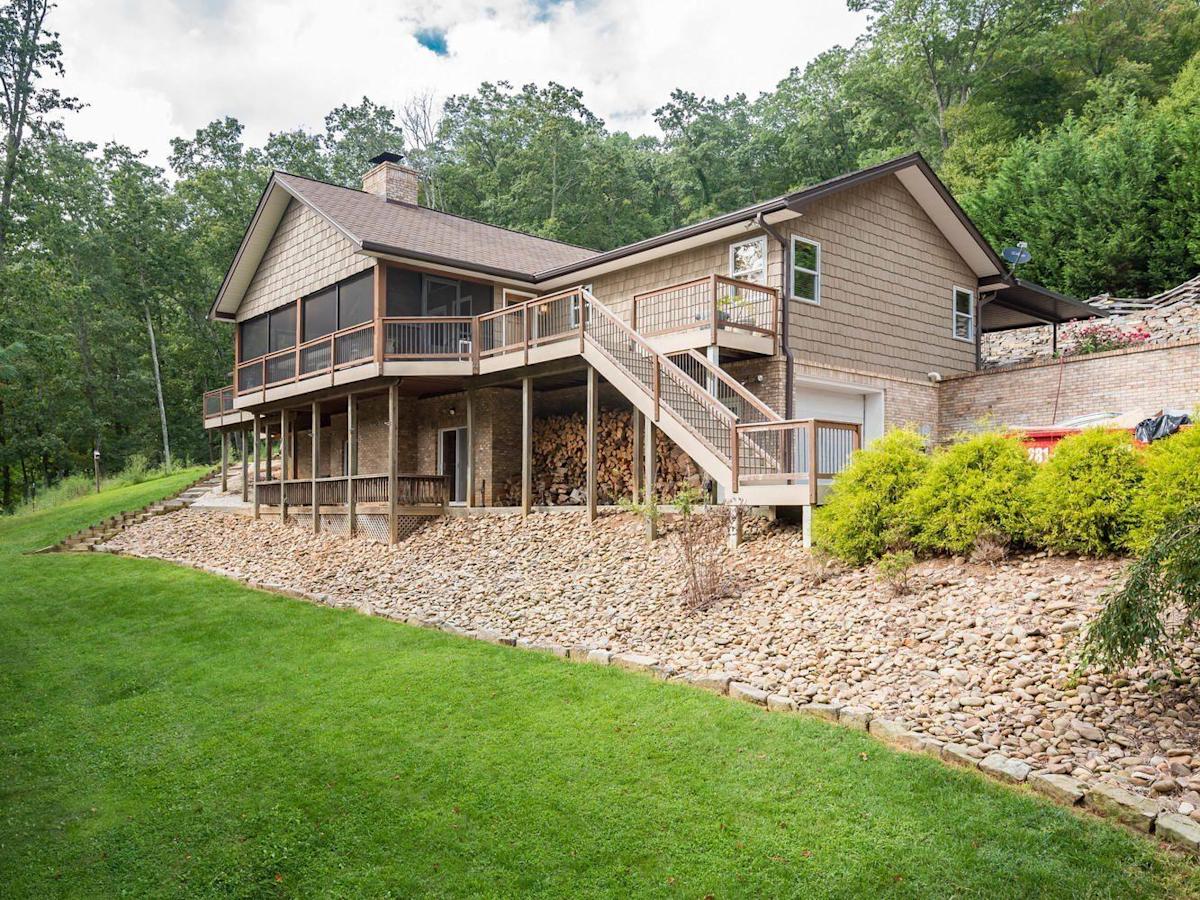
The Difference Between an Inpatient and Recovery House
The program enjoys a high recovery rate, with an exceptionally high average GPA and high recovery rate, typically topping 95%. The high recovery rate means that students are doing well and moving forward. However, the high average GPA also means that there are many students who attend but are not living at the house. What can be done to address these issues?
The Recovery House offers services for both the newly graduated addict and the one who is still at the center. Whether they are still in halfway house or halfway rehabilitation, these individuals are required to attend meetings to assist with counseling. Both the graduate and the beginning addict attend meetings but not at the same time because the sooner they are out into the real world and back to their alcohol-free life, the faster the progress is. The idea behind the halfway house program is that the sooner the person goes into a recovery facility, the faster they are going to get the tools and support they need to stay sober and successful.
There are two types of programs at the Recovery House including the inpatient rehabs and the outpatient recovery programs. The majority of individuals who go into one of these facilities stay for a couple of months. During this time, they are given individualized treatment and supervision based on the severity of their addiction. While in recovery at the Recovery House, they receive counseling, social service referrals, access to medical assistance, and the tools to help them with staying sober and achieving success in their recovery.
The inpatient option provides individuals with the ability to have the personal support that they need while they are in recovery. There are several rules and regulations that are enforced at the inpatient homes. One of the most popular rules at the half-house is that all residents must follow the inpatient recovery rules. Many individuals who come to the recovery houses are there for a short period of time, but some people will stay as long as a year.
An inpatient facility allows for more than one type of support. The most common way to provide support at a residential facility is through family and friends. This means that the recovery house will send representatives to families to make sure that everyone is doing well and to assist with any problems that they may be experiencing. Many of these families will have been staying at the sober living home for several years and have developed deep personal bonds with the other residents.
The inpatient facility is better suited to those who are experiencing intense withdrawal symptoms and have experienced life altering experiences. A residential program is better suited for individuals who want to focus on staying sober while attending addiction treatment programs and to those who need support while still recuperating from the trauma of their last experience. Both options offer highly effective results. The recovery houses are safer environments for everyone.